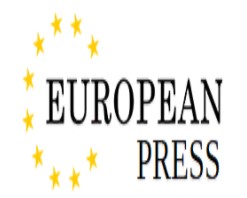Chancellor Rachel Reeves delivered her spring statement today, unveiling a £14 billion package of cuts and new investments aimed at restoring the UK’s fiscal credibility and boosting long-term productivity.
Against a backdrop of weak growth and rising debt, Reeves outlined measures to rein in public spending, drive efficiency across government departments and invest in critical areas such as defence, housing and AI.
Here are the key highlights from today’s statement.
Fiscal outlook and debt forecast
The Office for Budget Responsibility (OBR) now forecasts a deficit of £36.1 billion in 2025-26, falling to £13.4 billion the following year and returning to a surplus of £9.9 billion by 2029-30. Reeves confirmed that her new package of cuts has restored the government’s fiscal headroom to the same £9.9 billion reported last autumn.
Welfare reform and universal credit
A series of welfare changes are at the heart of the chancellor’s cost-saving drive. The universal credit standard allowance will rise gradually, from £92 per week in 2025-26 to £106 by 2029-30. However, the health element of universal credit will be halved and frozen for new claimants. Reeves also committed £1 billion to getting more people back into work, with an additional £400 million in funding allocated to the Department for Work and Pensions. Overall, these measures are expected to save £3.4 billion.
Support authors and subscribe to content
This is premium stuff. Subscribe to read the entire article.









